
One Thing That Will Wreck Lime Mortar
One thing that will wreck lime mortar on a fieldstone wall are ice melt products, specifically salt.
Learn from our mistake this winter.
We have a concrete porch wrapped on two sides in fieldstone. The fieldstone is adhered with lime mortar. Not a classic application of fieldstone and lime mortar, I know.
Everything was fine until that concrete porch got icy during a winter storm.
It was so treacherous. We didn’t even think about it and scattered some deicing salt on the concrete.
I know, I know. You don’t have to tell me that stuff is not great for the environment. I’ve vowed to do better, especially after this debacle.
The salt did its job. No one slipped and fell. There was just one little problem.
Of course, the salt is going to melt the ice and then that salty water is going to run off the sides of the porch and over the lime pointing.
Within a couple of months of committing that salty sin, we noticed the mortar was crumbling. Play stupid games, win stupid prizes.
The crumbling mortar likely occurred because the salt attracted moisture out of the lime mortar. Then, when things dried out, the salt crystallized. When salt crystallizes it expands. This expansion can cause the lime mortar to break.
If your mortar breaks or crumbles, stones or bricks can break away too.
That started to happen on our porch, but it was aided along by a little tap from the lawnmower. *sigh*
If that isn’t bad enough, guess what can hide in the tiny crack where the fieldstone is pulling away from the wall?
A BABY SNAKE.
The sin analogy is feeling appropriate right now.
Don’t take my word for it on how salt affects lime mortar.
Lancaster Lime Works (they don’t know me) has a really great explainer with photos of all the ways salt can pose problems for a building pointed with lime mortar.
They also explain the variety of ways salt can come in contact with a building such as from road run off, gutter issues, and more. Ridding your building of salt is the tricky part, but they have directions for how to handle that too. Spoiler: you can’t wash it away, but you can vacuum it away.
I don’t know if I removed all of the salt from our affected wall. The good news is that I’ll find out sooner rather than later if any was left behind. The bad news is that I already removed the affected stone and mortar and repaired the wall. If I didn’t remove all the salt, I’ll be fixing this again.
Thankfully, this situation managed to be isolated to a wrapped concrete porch and not the building’s historic fieldstone foundation. Our mistake could have been much worse.
Do you learn the hard way too? How do you feel about winter? Anyone spend it in a sunny place? That’s what I dream of doing. You can always comment on this blog post, email me here, or reach out via Instagram or Facebook. I respond to all of your comments.
Happy DIYing.
If you want to learn more about how we’re restoring this Carriage House from the late 1700s by repointing all of the stone walls with new lime mortar, installing a new roof, and more, you can check out one of these posts.
Carriage House – Plan to Convert This Old Building Into a Gym


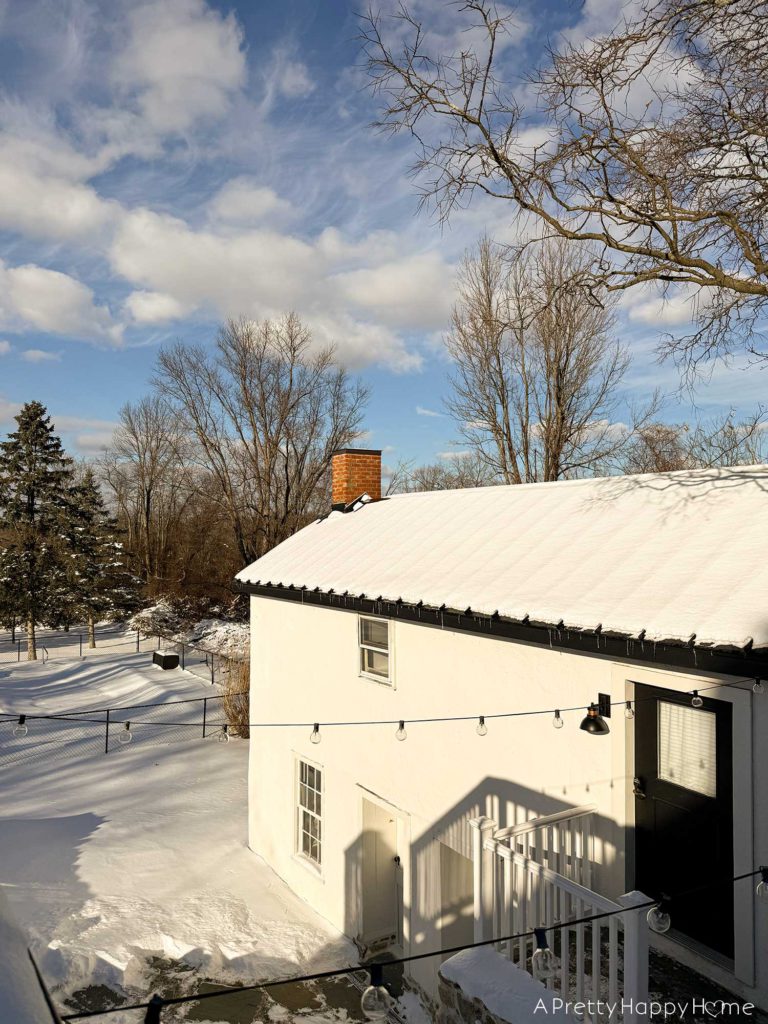
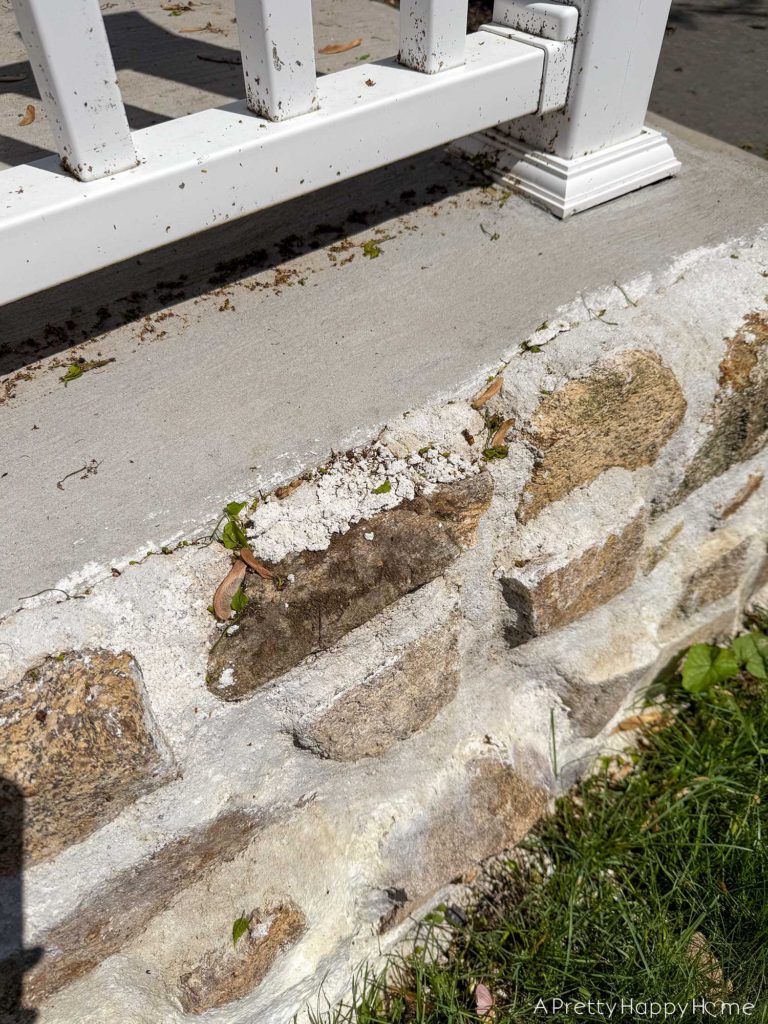
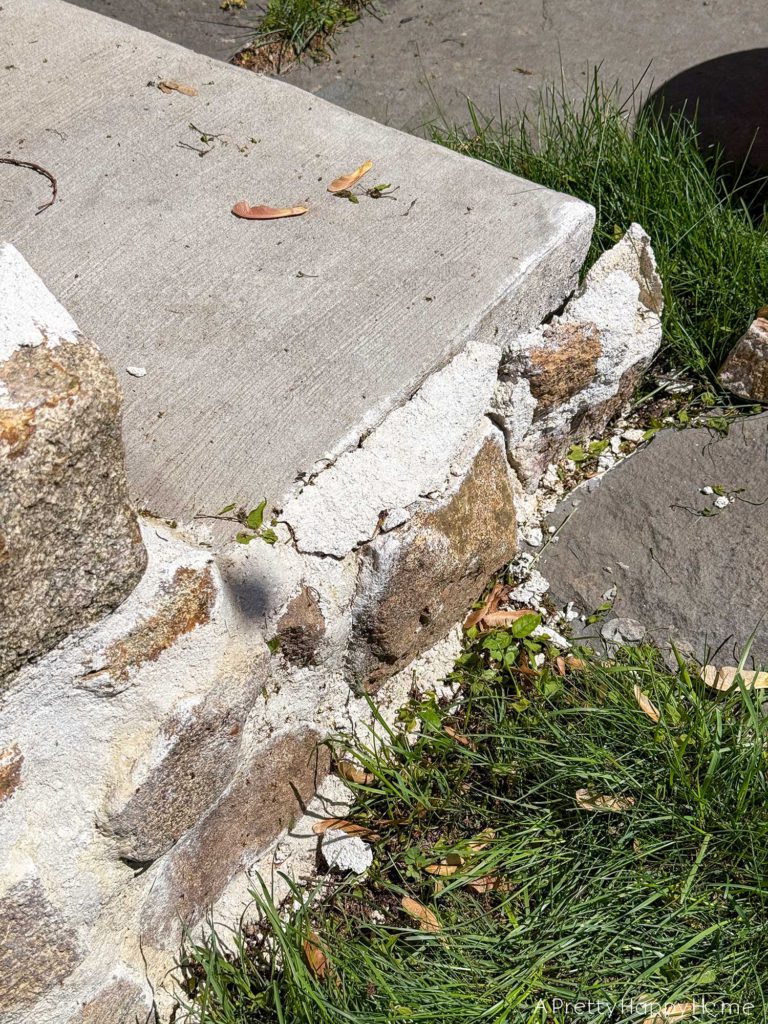
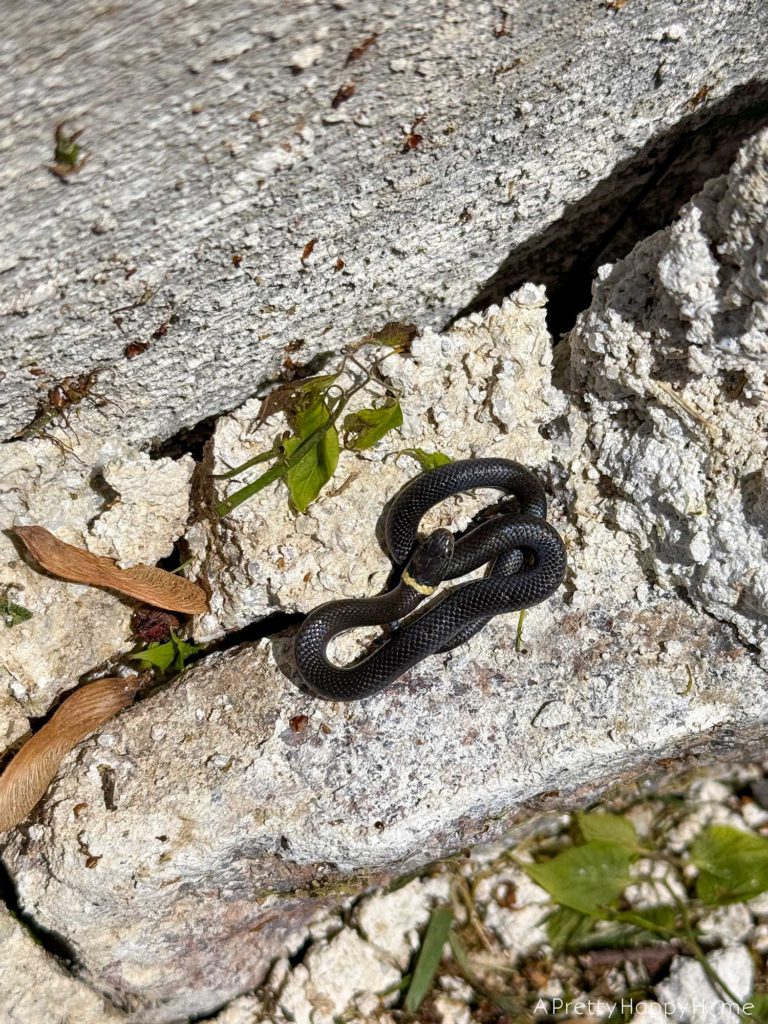
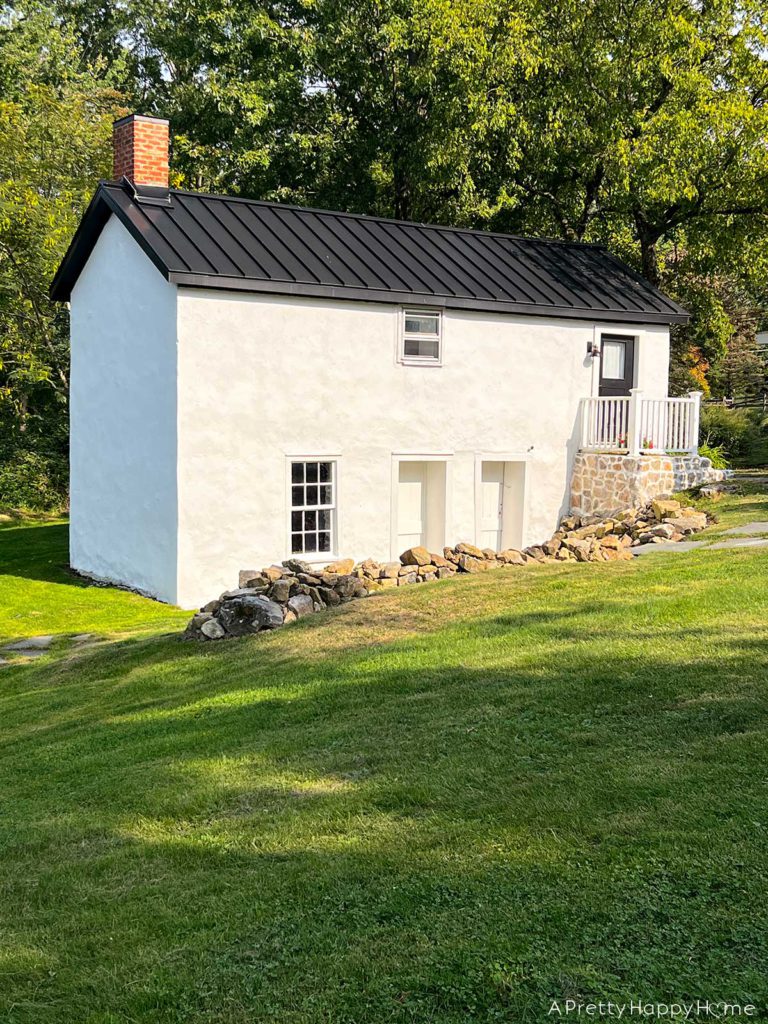



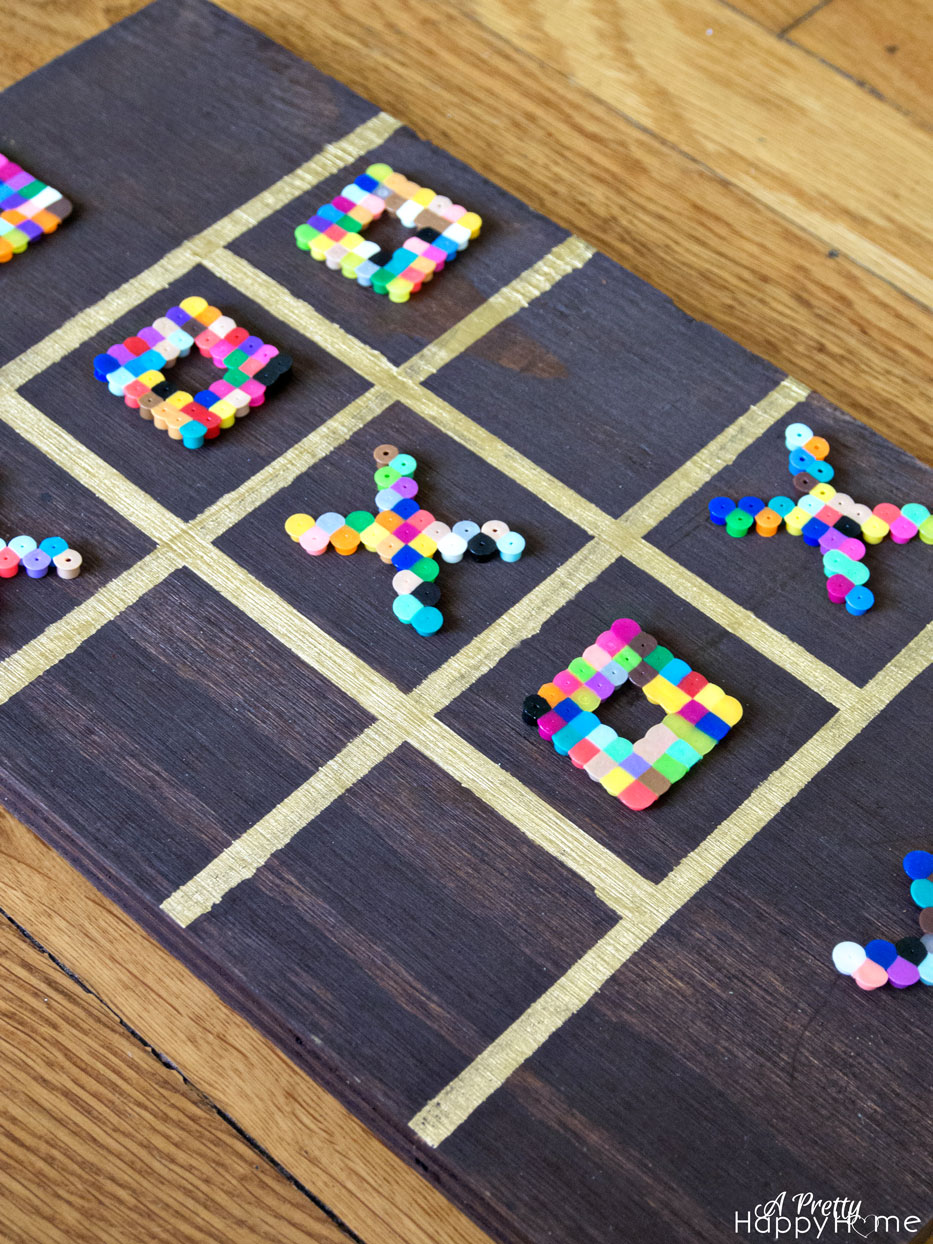
2 Comments
Laura L
Ok, I will be the first to say that snakes are not my favorite ….. but that is an adorable ring neck snake. Nonvenemous and oh so cute!
annisa
He or she is definitely a sleek-looking snake.